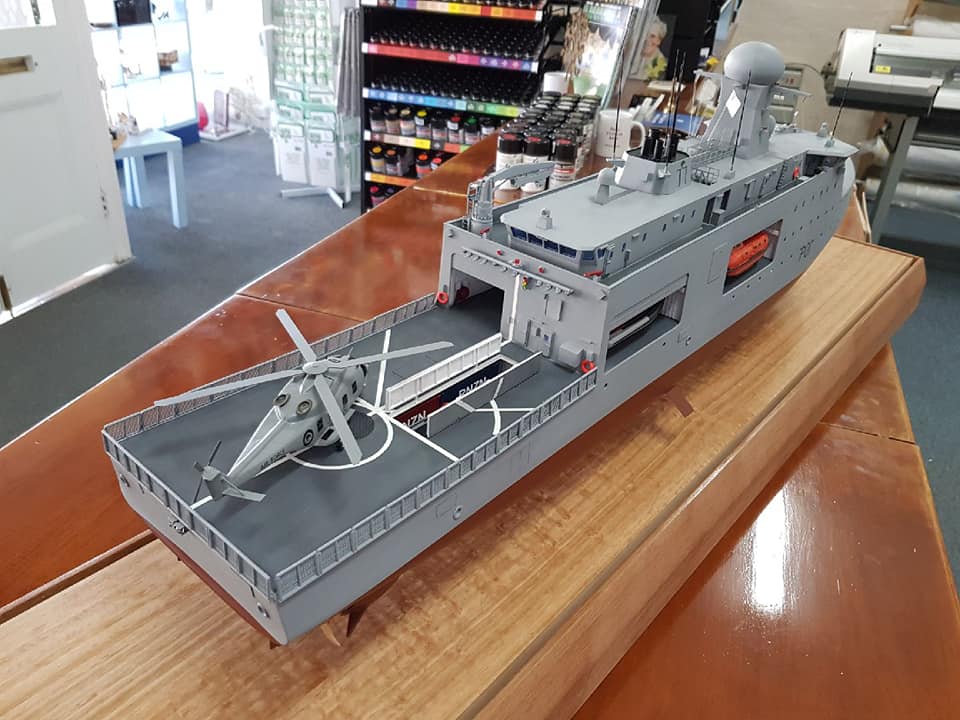One option out of left field I would like to see considered in a serious feasibility study before they buy anything is a submarine. Given the sea conditions in the Southern Ocean that Ngati describes above, and thus the size of a useful surface vessel to cope with them (noting the Harry Dewolfe is over 6000t and the forthcoming Norwegian Jan Mayen class will be around 10,000t), I wonder how the costs and effectiveness of a simple submarine (say a larger type 209 variant) would stack up.
Advantages:
- Would it not make some sense to travel beneath the waves rather than on top of them (especially for crew effectiveness)?
- A high indiscretion rate wouldn't be a big problem, we are doing the role of a OPV (we're not trying to sneak into Vladivostok)
- smaller crew required.
- much smaller vessel can do the job (submarines are expensive to operate but I suspect it might be cheaper than running a 7000-10000t OPV)
- better at approaching suspect fishing vessels clandestinely to photograph them in the act of illegal fishing.
- can probably hook into the Australian sub training programme and fleet support (for refits, maintenance etc)
- strategically good long-term training if we need to prepare for operating in a China-dominated Western Pacific
Disadvantages:
- no helicopter (then again, the current OPVs have never used one on their Southern Ocean patrols either to my knowledge. We have sent the Canterbury and a frigate to the Sub-Antarctic islands with helos onboard). Perhaps a submarine could operate a Scan-Eagle sized floatplane for surveillance duties.
- small crew makes fielding a decent boarding party more difficult.
- little space onboard for survivors of rescued vessels (probably enough for a fishing vessel, maybe not a cruise ship).
- potentially more difficult to travel under/through sea-ice (would it be too thick?)
Doesn't need to be the world's stealthiest, or deepest diving submarine - hell, it could be painted trainer yellow and be fitted with maybe just a single torpedo tube, with the space & weight normally taken by the tubes and torpedo reloads repurposed to support long-range patrols (better accommodations, extra fuel, stores etc).
The only nation I know that have done this (used a submarine for fisheries patrol in the Antarctic) are the South Africans (and maybe only once -
link). But, I still think it should be put up as an option (and I believe the costs would be pretty comparable).

